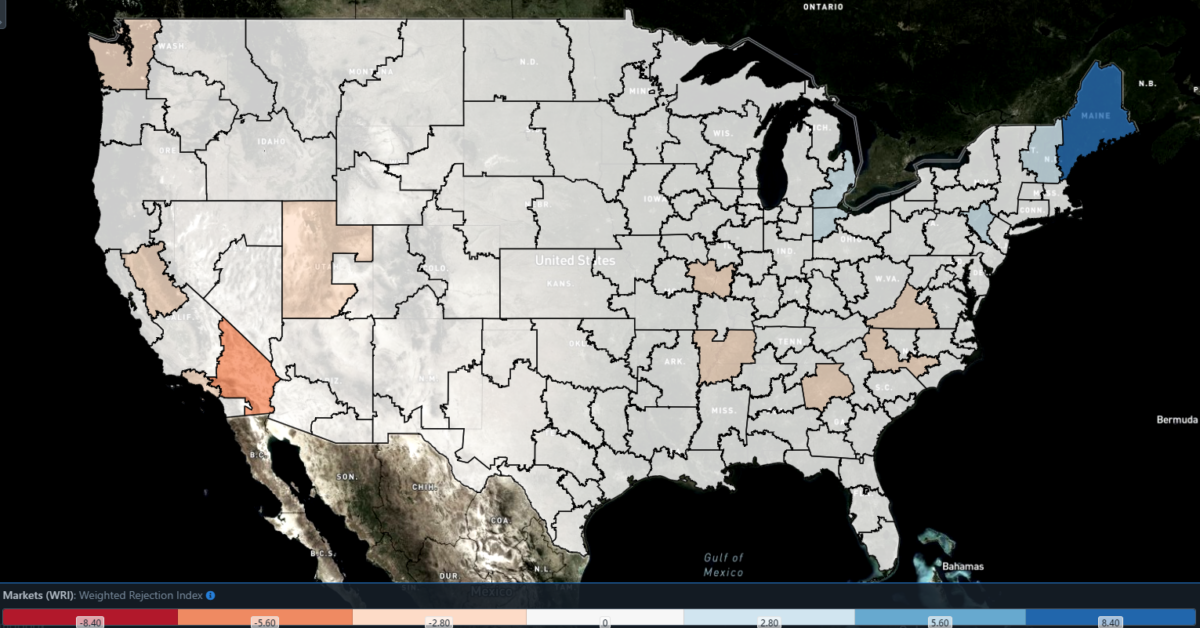A powerful winter storm that began Tuesday night produced freezing rain and heavy snow the past two days from the Southwest to the Great Lakes.
Thick ice weighed down tree limbs and power lines, especially in parts of the mid-Mississippi Valley and Ohio Valley. As of 8 a.m. Friday, more than 350,000 customers had no electricity in eight states, from Texas to New York. Almost 132,000 of those customers were in Tennessee, with most outages in the Memphis area, according to PowerOutage.us.
Related: Blizzard cripples US air cargo operations
The Dallas-Fort Worth International Airport was closed for several hours Thursday morning due to icy conditions. As of Friday morning, the Federal Aviation Administration reported that several small airports from the Midwest to the Northeast were either closed or had grounded flights because of the storm.
According to Flight Aware, more than 5,000 flights within, into or out of the U.S. were canceled Thursday. That number stood at more than 2,800 early Friday morning.
Union Pacific Railroad issued a statement Thursday saying its customers with freight shipments moving through the impacted states should anticipate delays between 24 and 48 hours.
The storm will continue to slowly move through the Northeast, fading across northern New England Friday night. Most areas will see snow, which will be heavy at times. However, as temperatures along the Interstate 95 corridor drop, freezing rain and ice will develop from Philadelphia to Boston.
Related: Chaining up: 4 pro tips for truckers
Ice accumulation could reach one-third of an inch in some places, leading to potential road closures and widespread power outages in major cities, as well as freight hubs like Elizabeth, New Jersey. The storm will then hit the Canadian Maritimes on Friday night and Saturday.
Capacity in the Northeast is still tough to come by as carriers continue to enter markets on the West Coast. The FreightWaves SONAR Weighted Rejection Index (WRI), which is the product of the Outbound Tender Reject Index – Weekly Change (OTRIW) and the Outbound Tender Market Share (OTMS), is a way to prioritize where to focus attention.

Markets that are shaded in blue on the map above require more attention to get lanes covered because they’re tightening faster relative to market size than the markets that are red. The Ontario, California, market continues to see a flood of capacity. Meanwhile, securing capacity in Augusta, Maine, is still quite tiresome. The winter storm is at least partly to blame, since carriers generally don’t want to send drivers into areas of widespread disruptive weather. Capacity in the Northeast may continue to shrink, possibly recovering within a few days after the storm ends Friday night.
Major lanes of concern
• Interstate 80 from Cleveland to the I-95 junction in New Jersey.
• Interstate 76 from Philadelphia to Akron, Ohio.
• Interstate 95 from Philadelphia to Boston.
Click here for more FreightWaves articles by Nick Austin.
You might also like:
Historic floods ‘hammered’ British Columbia’s trucking industry







